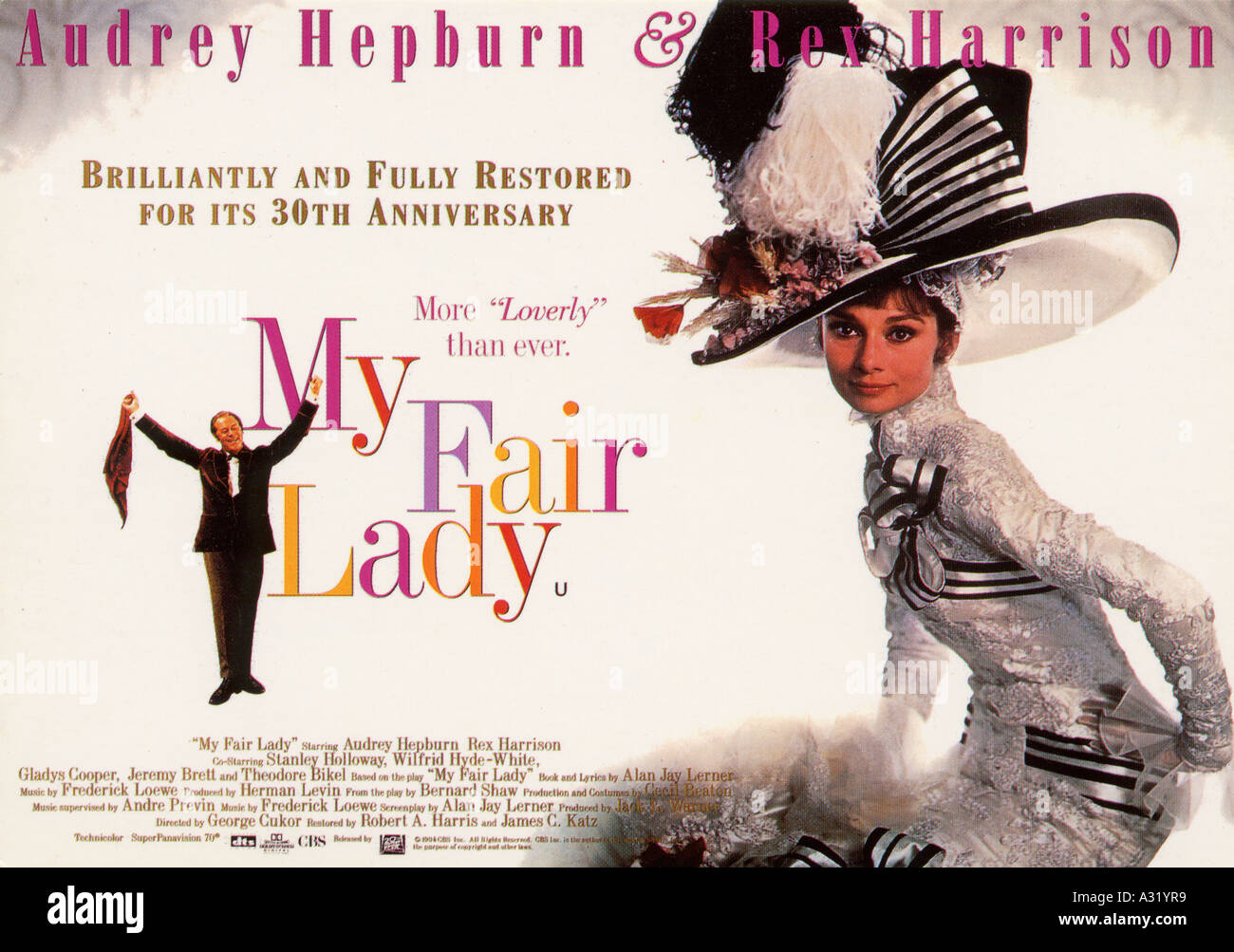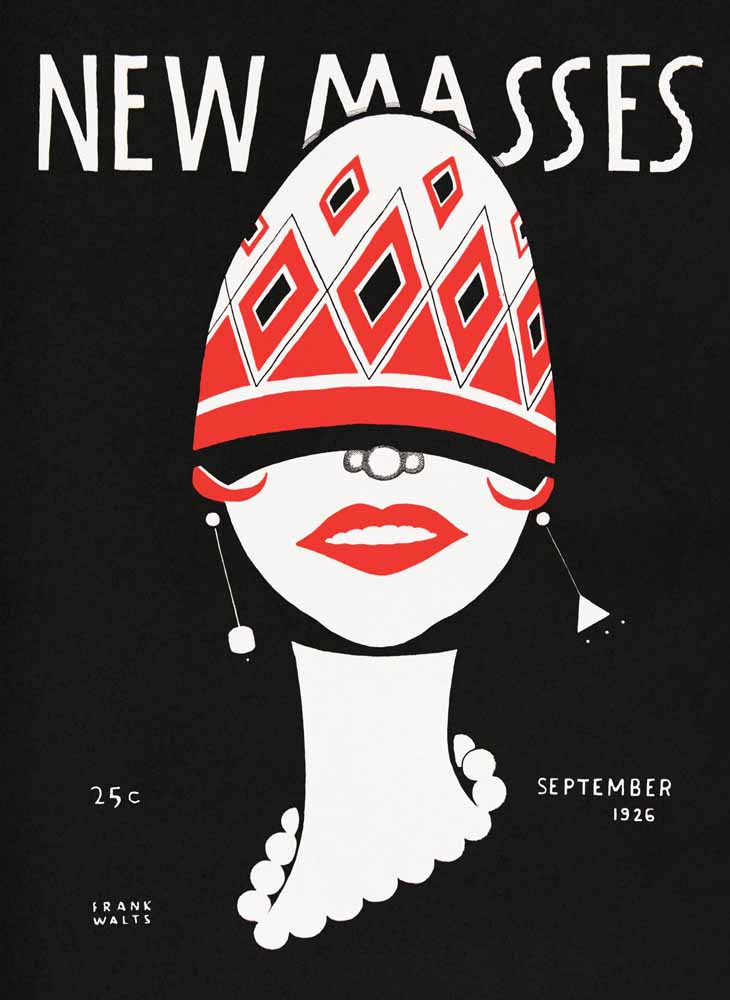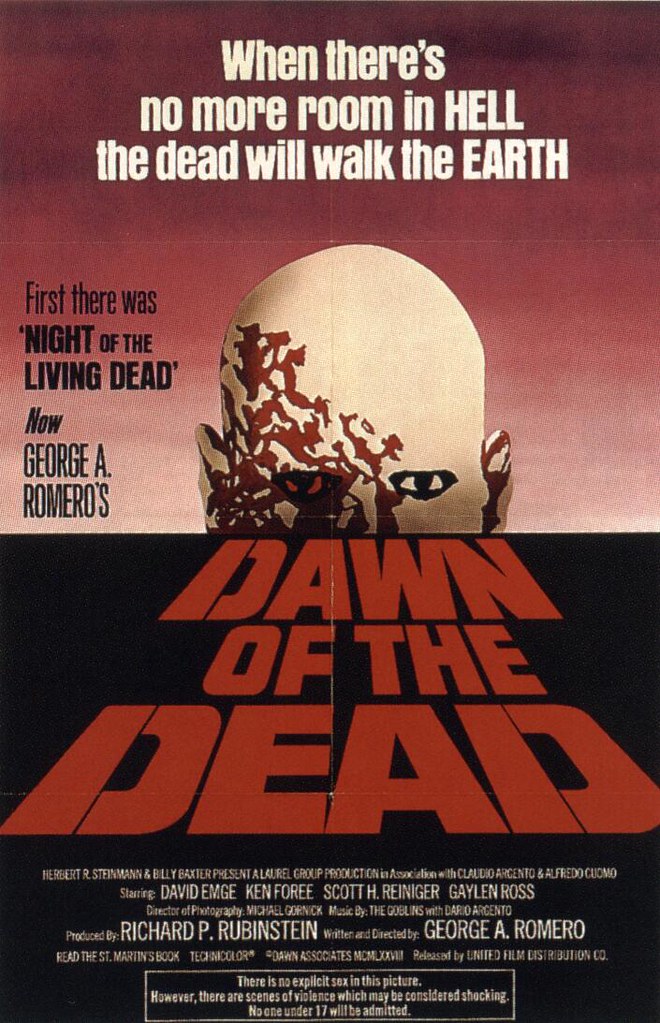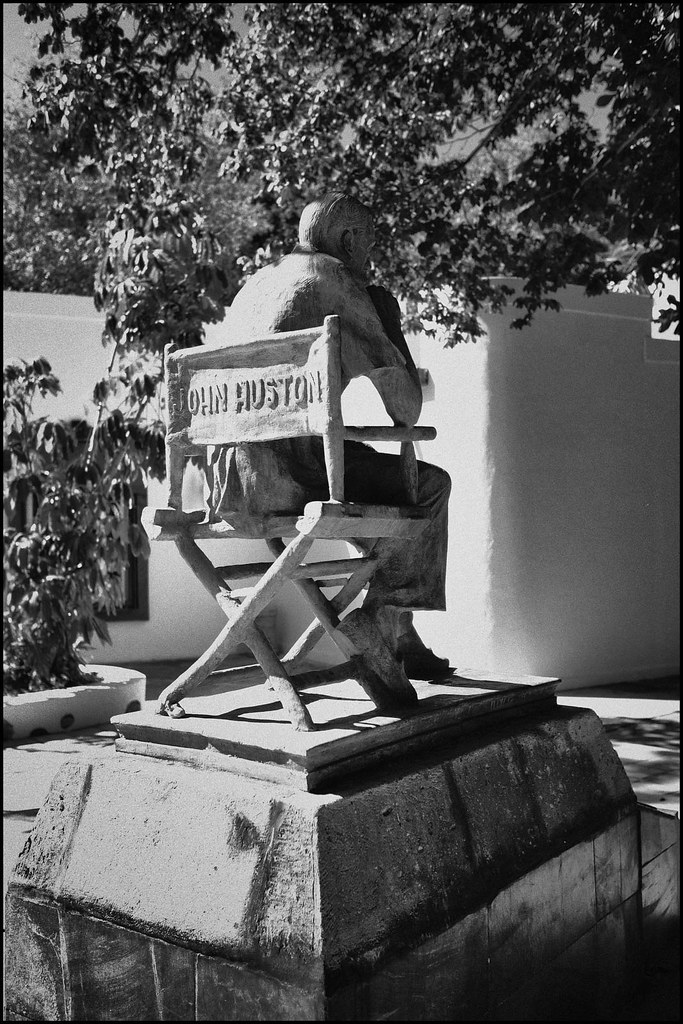
For over a decade, the promise of streaming services felt like a dream come true for cinephiles and casual viewers alike. Imagine, a vast, ever-expanding library of films and shows, accessible with a click, without the hassle of physical media or the skyrocketing costs of cable. It was an irresistible vision, one that saw Netflix, Hulu, and eventually a host of other platforms offering a seemingly endless array of content for a modest monthly fee, liberating us from the tyranny of schedules and limited selections. The golden age of streaming, particularly during its explosive growth and the early pandemic era, truly felt like a boundless horizon for entertainment.
Yet, for those of us who cherish the rich tapestry of cinematic history, that future, as it turns out, was something of a mirage. While we now have more platforms than ever, the paradox is stark: countless classic films, critically acclaimed masterpieces, and even major box office hits have vanished from legal digital accessibility. They’re not just hard to find; in many cases, they are impossible to stream, rent, or digitally purchase through any mainstream service. This phenomenon isn’t merely an inconvenience; it represents a significant cultural void, denying new generations the opportunity to discover foundational works of cinema and challenging the very notion of what it means to preserve film history in the digital age.
As senior media editors, steeped in the ever-shifting currents of popular culture and digital consumption, we find this trend deeply troubling. The reasons behind this cinematic disappearance act are complex, often rooted in tangled distribution rights, corporate restructuring, the relentless pursuit of “new” content, and a perceived lack of audience interest in older titles. It’s a fascinating, if frustrating, case study in how the entertainment industry’s priorities can inadvertently—or perhaps intentionally—orphan beloved art. Join us as we shine a light on 14 essential films that have been swallowed by the digital black hole, exploring why they’re missing and what their absence truly means for the future of film appreciation.

1. **Rebecca (1940)**
Alfred Hitchcock’s 1940 best picture winner “Rebecca” stands as an astonishing testament to cinematic craftsmanship, weaving a gothic romantic thriller that has influenced generations of filmmakers. It’s a cornerstone of Hitchcock’s early Hollywood career, a masterful adaptation of Daphne du Maurier’s novel, and a film of profound psychological depth and suspense. Despite its enduring legacy and critical acclaim, this seminal work remains entirely unavailable through any legal online service.
Adding a layer of perplexing irony, Netflix, in 2020, launched a remake of the Daphne Du Maurier novel, yet the original Best Picture-winning film from Alfred Hitchcock is still missing. This peculiar situation highlights a common predicament: while contemporary adaptations or related content might find a home on streaming platforms, the original, historically significant work often languishes in digital purgatory. It speaks volumes about the priorities of streamers that a remake can be readily accessible, while the masterpiece that inspired it is relegated to physical copies for legal access.
The absence of “Rebecca” is not just a minor oversight; it’s a gaping void in the digital landscape for anyone interested in understanding the origins of modern suspense or the development of a directorial legend. Anecdotally, many film enthusiasts who otherwise adore Hitchcock’s canon tend to overlook “Rebecca” simply because it hasn’t made that official leap to digital. This invisibility ultimately diminishes the film’s rightful place in the cultural consciousness, making it harder for younger audiences to appreciate its enduring power and influence.
Read more about: Masters of the Craft: 13 Veteran Directors Whose Unmistakable Visions Shaped Film History

2. **My Fair Lady (1964)**
The Audrey Hepburn musical classic “My Fair Lady” is a vibrant, opulent, and utterly beloved cinematic experience that swept the Academy Awards, winning eight Oscars, including Best Picture. Its iconic songs, lavish production design, and unforgettable performances cemented its status as one of Hollywood’s most cherished musicals. You would imagine that a film of such immense cultural and historical significance would be a staple on any platform aiming to provide a comprehensive film library.
Yet, despite its numerous accolades and widespread recognition, “My Fair Lady” cannot “win the hearts of any streamer,” as the context succinctly puts it. This is a particularly puzzling omission given the evergreen popularity of musicals and the star power of its lead, Audrey Hepburn. The film represents a pinnacle of the Hollywood musical genre, celebrated for its wit, charm, and transformative narrative.
Its absence means that a film crucial to understanding the evolution of the movie musical, and indeed, mainstream Hollywood entertainment, is effectively hidden from a generation accustomed to on-demand access. The joy of discovering Eliza Doolittle’s journey from Covent Garden flower girl to high society lady, set against a backdrop of unforgettable tunes, should be a right, not a challenge, for today’s viewers. Its digital unavailability is a disservice to both the film itself and the audiences who deserve to experience its magic.
Read more about: The Enduring Luminescence: Unveiling the Defining Facets of Audrey Hepburn’s Iconic Style Beyond a Single Adornment

3. **Straw Dogs (1971)**
Sam Peckinpah’s 1971 film “Straw Dogs,” starring Dustin Hoffman, is a controversial yet undeniably powerful piece of cinema that continues to provoke debate. It’s a quintessential Peckinpah work, known for its unflinching portrayal of violence and its exploration of primal human instincts. The context explicitly states that this original film, along with other Peckinpah works like “Bring Me the Head of Alfredo Garcia” and “Junior Bonner,” is “conspicuously absent from streamers.”
The film’s brilliance, as noted, “often gets caught up in the debate over its subject matter and imagery.” It’s a story of a mild-mannered man driven to seek revenge, becoming “arguably the most thorough and fascinating examination of that classic Peckinpah idea that we must acknowledge the violence within ourselves before we can treat and confront it.” This makes its inaccessibility all the more problematic for film scholars and enthusiasts wanting to engage with its complex themes.
Adding insult to injury, an “inferior 2011 remake is readily available via multiple services,” further highlighting the frustrating disconnect between what’s accessible and what’s culturally important. The original “Straw Dogs” is a vital, if challenging, film that demands to be seen and analyzed, not simply replaced by a less effective modern reinterpretation. Its disappearance from digital platforms denies audiences the chance to grapple with its enduring, troubling questions about morality and violence.
Read more about: John Amos, Actor in Groundbreaking TV Roles and Cultural Icon, Dies at 84: A Look at a Life of Enduring Impact and Artistry

4. **Sleuth (1972)**“Sleuth,” the 1972 film based on the Anthony Shaffer play, is a dazzling battle of wits featuring two titan actors, Michael Caine and Laurence Olivier, both of whom received Oscar nominations for their performances. It’s a clever, intricate mystery that thrives on its psychological gamesmanship and brilliant dialogue, making it a masterclass in tension and character dynamics. The film’s reputation as a theatrical adaptation brought to cinematic life with immense skill precedes it.
“Sleuth,” the 1972 film based on the Anthony Shaffer play, is a dazzling battle of wits featuring two titan actors, Michael Caine and Laurence Olivier, both of whom received Oscar nominations for their performances. It’s a clever, intricate mystery that thrives on its psychological gamesmanship and brilliant dialogue, making it a masterclass in tension and character dynamics. The film’s reputation as a theatrical adaptation brought to cinematic life with immense skill precedes it.
Despite its critical acclaim and the legendary status of its lead actors, this cinematic gem remains out of reach for digital audiences. As the context wryly observes, “internet sleuths will have to keep searching for it.” This phrase perfectly encapsulates the frustration faced by those who wish to experience such a highly regarded film through modern means. It’s a film that showcases the power of intricate plotting and stellar acting, elements that never truly age.
The unavailability of “Sleuth” is particularly disheartening for those who appreciate character-driven thrillers and exceptional performances. It represents a genre that is often celebrated, yet even a standout example like this, with its significant Oscar recognition, falls victim to the digital void. Its absence is a loss for anyone hoping to delve into the finer points of cinematic suspense and dialogue-heavy drama from the comfort of their home.
Read more about: Vanished Without a Trace: 14 Shocking Celebrity Disappearances That Still Haunt Us

5. **Pink Flamingos (1972)**
John Waters’ 1972 “camp classic with Divine,” “Pink Flamingos,” is more than just a movie; it’s a cultural phenomenon, a transgressive landmark that has defied conventional cinema for decades. Its legend is built on its audacity, its deliberate provocation, and its unforgettable star. The film has long existed outside the mainstream, being a “product of cult midnight screenings” and behind-the-counter video rentals, a tradition that, ironically, continues in the digital age.
While it briefly appeared on The Criterion Channel a couple of years back—Criterion also offers an excellent physical version—it currently necessitates resorting to “good old-fashioned back channels” if one wishes to watch it online legally. This inaccessibility feels almost appropriate for a film designed to shock and disturb, making its viewing an act of deliberate seeking, rather than casual consumption. However, for those keen on understanding the subversive side of cinema, this barrier is a significant one.
“Anyone with a strong stomach for Waters’ particular brand of filmmaking needs to seek Pink Flamingos out, though,” the context rightly urges. It’s not merely a “rite-of-passage movie” but a film that still succeeds in “disturbing the seemingly desensitized.” Its place in history is undeniable, notably as “the only entry in the Library of Congress that features a drag queen eating dog feces,” a detail that underscores its unique, unapologetic impact. Its digital rarity reinforces its cult status while simultaneously limiting its discovery.

6. **Dawn of the Dead (1978)**
George A. Romero’s 1978 horror classic “Dawn of the Dead” stands as a towering achievement in the zombie genre, offering not just visceral scares but also sharp social commentary. It’s often considered the quintessential zombie film, expanding upon the themes and terrors first explored in his groundbreaking “Night of the Living Dead.” The irony here is stark: while “Night of the Living Dead” is widely available on “practically a dozen streaming services,” its equally famous and influential sequel is nowhere to be found.
This peculiar disparity in availability is a constant source of frustration for horror fans and film historians. “Dawn of the Dead” isn’t just a sequel; it’s a profound cultural touchstone that redefines the zombie narrative, pushing it into shopping malls and consumerist critique. Its impact on subsequent horror cinema, television, and even video games is immeasurable, making its absence from digital platforms a significant gap in the canon of accessible genre films.
The film’s continued invisibility highlights the complex and often arbitrary nature of distribution rights. How can one foundational film in a series be ubiquitous, while its direct, equally acclaimed successor is digitally lost? It’s a question that plagues many classic film advocates and serves as a prime example of how rights issues, rather than artistic merit or public demand, dictate what we can and cannot watch.
Read more about: Remember the ’70s? These 12 Iconic Moments & Movements Defined a Decade of Unforgettable Change!

7. **The Cannonball Run (1981)**
“The Cannonball Run,” the 1981 Burt Reynolds racing film, is a delightful piece of high-octane ensemble comedy that, while perhaps not an Oscar darling or a critical favorite, was undeniably a massive commercial success. It was one of the top 10 grossing movies of that year, proving its immense popularity with audiences who flocked to see its star-studded cast and chaotic cross-country race narrative. Its box office success alone would suggest it’s a prime candidate for continuous digital availability.
Yet, this financially successful and culturally recognized film is now “nowhere to be found” on streaming services. This situation underscores a crucial point: it’s not just critically acclaimed art-house films or obscure indies that fall into the digital void. Even widely popular, financially successful mainstream productions, films that undeniably captured the public imagination of their era, can mysteriously disappear from our screens.
The absence of “The Cannonball Run” is a reminder that the whims of licensing agreements and corporate priorities can impact any film, regardless of its commercial track record or the nostalgic affection it holds for a generation of viewers. For those looking to revisit a specific slice of early 80s blockbuster entertainment, or to introduce its unique blend of stunt work and comedic timing to new audiences, its unavailability is a genuine disappointment and a puzzling omission.
Read more about: Remembering a Legend: Burt Reynolds and His 12 Most Iconic Roles That Defined an Era

8. **Pink Floyd: The Wall (1982)**
Alan Parker’s surreal 1982 album film, “Pink Floyd: The Wall,” stands as one of the most audacious attempts to translate a concept album into cinematic art. Blending animation with a live-action narrative, it’s a profound, often disturbing, exploration of psychological breakdown and societal alienation, powered by Pink Floyd’s iconic music. For such an influential and distinct film, one would expect it to be a readily available cornerstone of any digital library.
However, its digital existence remains notoriously elusive. The context notes that for a long time, the most reliable way to see it was through its old VHS release, though it’s now thankfully available on DVD and Blu-Ray. This scarcity contributes to its mystique but also creates an unnecessary barrier for those wishing to experience this “fundamentally entertaining piece of experimental filmmaking” through modern means. The reasons are deeply rooted in its creation: a notoriously troubled production and significant music licensing hurdles, which prove too “strenuous” for streaming platforms.
This situation exemplifies how specialized licensing complexities can sideline even culturally monumental works. It underscores a broader systemic issue where the cost and effort of securing rights for films with unique production histories—especially those intertwining film and music so intrinsically—are often deemed not worth the investment in an industry increasingly focused on rapid content turnover rather than catalog depth.

9. **Silkwood (1983)**
Mike Nichols’ 1983 drama “Silkwood” is a powerhouse film, starring Meryl Streep, Cher, Kurt Russell, and Craig T. Nelson. Co-written by Nora Ephron, it garnered five Oscar nominations and remains a potent recounting of Karen Silkwood’s real-life struggle against corporate negligence at a nuclear processing plant. Its sheer star power and critical acclaim should, by all logical measures, secure its place in any digital library.
Yet, despite this pedigree, “Silkwood” is, as the context laments, “stuck in digital purgatory.” It’s a gripping, socially relevant film exploring corporate accountability and individual courage, themes that resonate powerfully today. The film’s absence is particularly striking considering its enduring artistic merit and the caliber of talent involved, often a victim of larger corporate consolidation and changing ownership structures.
This digital invisibility means a significant piece of filmmaking, highlighting investigative journalism and activism, is less likely to be discovered by younger audiences. Its absence isn’t just a loss of entertainment; it’s a subtle erosion of access to narratives crucial for understanding pivotal moments in American history and social justice movements, often lost when older titles are deemed less valuable than new “original content.”
Read more about: Unveiling the Authentic: Meryl Streep’s Frugal Philosophy Shaping Her Iconic Public Image

10. **Mask (1985)**
Peter Bogdanovich’s 1985 biographical drama “Mask,” starring Cher and Eric Stoltz, tells the poignant story of Rocky Dennis, a boy with a rare facial skull deformity. It’s a film celebrated for its heartfelt performances and sensitive portrayal of a young man striving for acceptance, proving to be both moving and inspiring. This character-driven drama, with its powerful emotional core and acclaimed cast, should transcend generational viewing habits.
However, like many contemporaries, “Mask” has vanished from mainstream streaming options. This is common for films that, while well-received, might not fit into the niche-driven algorithms or blockbuster-centric strategies of modern streaming services. Challenges often stem from fragmented distribution rights across various territories, creating a legal labyrinth streamers are unwilling to navigate.
The digital absence of “Mask” is more than an inconvenience; it’s a missed opportunity for new audiences to connect with a powerful story of resilience and unconditional love. Films like this offer unique perspectives on empathy and difference, enriching cultural conversation, yet are increasingly inaccessible in the digital age, forcing viewers to resort to physical media for legal viewing.
Read more about: Seriously, Hollywood: These 9 Legendary Movies Are Absolutely Untouchable and Should NEVER Be Rebooted

11. **Cocoon (1985)**
Ron Howard’s 1985 sci-fi fantasy “Cocoon” holds a special place, offering a unique narrative about senior citizens who regain youth after encountering alien pods. It’s a genuinely heartfelt piece of genre filmmaking using a bizarre premise to tell a very human story about aging and hope. The film even earned an Oscar for Don Ameche, cementing its status beyond a quirky sci-fi flick.
Despite its unique charm and Oscar recognition, “Cocoon” failed to make a smooth digital transition, becoming “another apparent victim of the Fox fiasco,” as highlighted in the context. This refers to Disney’s acquisition of 20th Century Fox, which led to a massive reshuffling and digital disappearance of numerous films once widely available.
The Fox acquisition created a “rights black hole” for a vast catalog. As corporate entities reorganize, the logistical nightmare of cataloging and re-licensing older titles means many get lost or are deemed unprofitable. It’s a stark example of how large-scale corporate mergers can inadvertently neglect significant portions of film history.
The unavailability of “Cocoon” is particularly poignant because its themes of mortality and yearning for renewed vitality “hits so much harder as we grow older.” Denying this film a consistent digital presence deprives successive generations of a chance to discover a movie that speaks to universal human experiences, linking its fate to the often-unseen consequences of corporate restructuring.

12. **Prizzi’s Honor (1985)**
John Huston’s 1985 dark comedy “Prizzi’s Honor,” a Best Picture nominee, is a masterclass in tone, starring Jack Nicholson and featuring an Oscar-winning performance from Angelica Huston. It’s a wickedly clever film about hitmen falling in love, blending gangster tropes with a sophisticated, often absurd, sense of humor. Such a critically acclaimed film should be a perennial fixture in accessible film libraries.
Yet, “Prizzi’s Honor” remains elusive on streaming platforms, another distinguished title caught in the digital void. This reflects a broader trend where studios prioritize new content, often original productions, over costly licensing agreements for older films, no matter their prestige. The perceived financial return on older catalog titles can be minimal compared to the investment required for their digital rights.
The unfortunate consequence is that a unique and brilliant piece of American cinema, showcasing its director and stars, is effectively hidden from casual discovery. It’s a film that demands to be seen for its singular vision and outstanding performances, yet it becomes another casualty of the entertainment industry’s relentless focus on the “new,” at the expense of preserving easy access to its rich history.

13. **Wild at Heart (1990)**
David Lynch’s 1990 crime film “Wild at Heart” is a fever dream of a movie, starring Nicolas Cage and Laura Dern as star-crossed lovers on the run, with Willem Dafoe and an Oscar-nominated Diane Ladd. It’s a quintessential Lynchian experience—violent, surreal, romantic, and deeply unsettling—that earned the Palme d’Or. Its distinctive style and artistic pedigree should make it a magnet for curious viewers.
Despite critical recognition and enduring fascination with David Lynch’s work, “Wild at Heart” is another significant film that has fallen prey to digital inaccessibility. This becomes particularly problematic for a filmmaker like Lynch, whose body of work often requires contextual viewing for full appreciation. If one film in his canon is missing, it breaks the narrative of his artistic evolution for viewers.
The context doesn’t explicitly state the reason, but its Miramax affiliation (mentioned for “Sling Blade” being “stuck in the Miramax/Weinstein void”) strongly suggests similar rights complexities. The legal quagmire surrounding films formerly distributed by Miramax, especially those tied to the Weinstein company, has notoriously complicated digital availability, rendering them commercially unviable for new licensing deals.
This digital orphan status of “Wild at Heart” is a profound loss for cinephiles, especially those exploring avant-garde or neo-noir genres. It means a crucial work from a master director, featuring iconic performances and a unique vision, is unnecessarily difficult to access. This situation speaks volumes about how convoluted corporate histories and legal disputes can inadvertently erase important cultural artifacts from the digital landscape.
Read more about: Alan Arkin, Oscar Winner and Versatile Force, Dies at 89: A Legacy of Wit, Depth, and Unforgettable Performances

14. **Super Mario Bros. (1993)**
“Super Mario Bros.,” the 1993 live-action movie starring Bob Hoskins and John Leguizamo, might not be a critical darling, but its cultural significance is undeniable. As the first major motion picture adaptation of a video game, it holds a unique, if sometimes infamous, place in cinema history. The context notes, “you would think a video game property as big as this one would be somewhere if you were that curious.” This sentiment captures the paradox of its unavailability.
For a film based on one of the most globally recognized entertainment franchises, its digital absence is perplexing. While some might not rush to see it, its novelty and historical position as a pioneer in a now- booming genre would make it a compelling watch for many. This disappearance highlights the industry’s perceived value of older, commercially underperforming films, even those with significant brand recognition.
Its unavailability underscores the industry’s short-sighted view of catalog content, particularly films that don’t fit a neat “prestige” or “blockbuster” category. The original “Super Mario Bros.” movie, for all its quirks, is a piece of pop culture history that deserves to be accessible, if only to understand the journey of video game adaptations and to revisit a unique cinematic experiment. Its absence reflects a broader neglect of films integral to popular cinema’s narrative.
Read more about: From Cinematic Giants to Screen Stumbles: 14 Great Actors and Their Most Questionable Performances
The digital void we’ve explored through these 14 films is more than just a minor inconvenience for dedicated cinephiles; it represents a profound challenge to the very concept of film preservation and cultural accessibility in the 21st century. While streaming promised a boundless library, the reality is a fragmented landscape where corporate interests, intricate rights issues, and a relentless pursuit of “newness” conspire to erase vital cinematic history from our immediate grasp. The solutions are not simple, demanding greater commitment from studios, innovative approaches to licensing, and a renewed appreciation for the enduring value of older films. Until then, the search for these essential movies will continue, a testament to their lasting power and a lament for their digital disappearance, urging us all to question what we truly lose when convenience triumphs over preservation.



